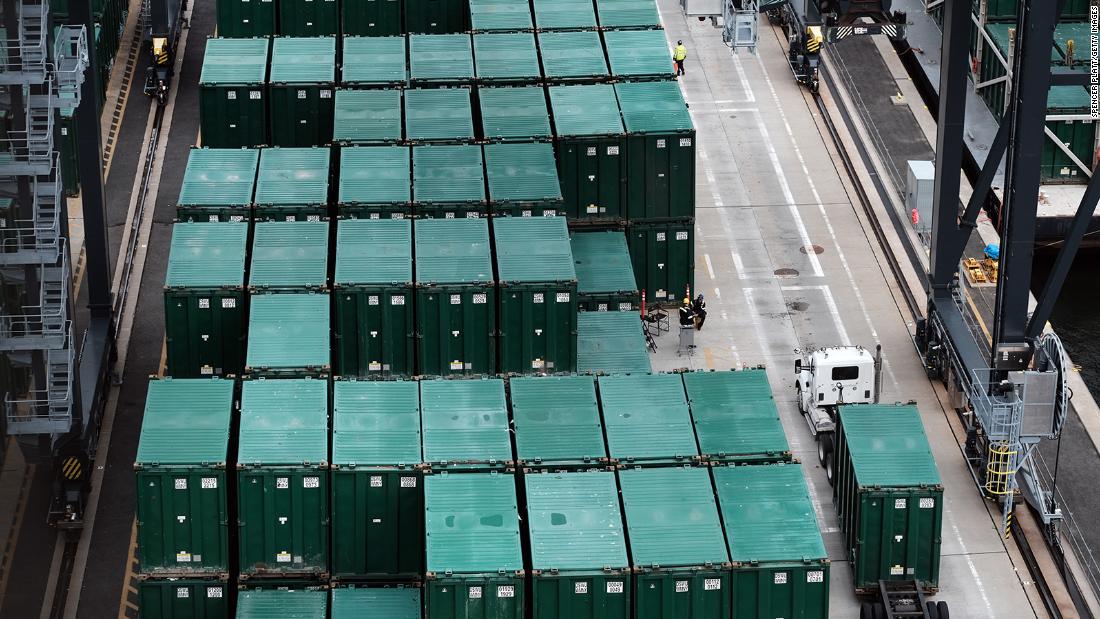The Conference Board, a leading business research think tank, reported Thursday a steep slide in its CEO confidence index for the third quarter.
After hitting an all-time high of 82 in the second quarter on hopes that the United States had turned the corner on the pandemic, the index slid to 67 — a nearly 20% dip — in the third quarter.
The good news is that a reading above 50 remains a sign of overall optimism. But the downward trend bears watching, especially since
US consumer confidence also slumped earlier this summer.
Covid-19 worries remain top of mind for America’s titans of industry.
“CEO confidence is down from the all-time peak reached in Q2, when Covid-19 appeared on the verge of defeat,” Dana Peterson, chief economist at the Conference Board, said in a
news release. “A summer surge of the highly infectious Delta variant — coupled with slumping vaccination rates — has brought pandemic uncertainty back to the fore.”
That has tainted the outlook for CEOs.
CEOs less upbeat about economy and worried about finding talent
The Conference Board, which produced the survey in conjunction with the Business Council, reported that 88% of CEOs surveyed in the second quarter had said they expected overall economic conditions to improve over the next six months. But just 60% of respondents felt that way in the third quarter.
What’s more, in the third-quarter survey, just 65% of top executives said they anticipated short-term prospects for their own industry would improve. That’s down from 81% in the second-quarter results.
Job market conditions are another major challenge: 60% of CEOs said they expect to expand headcount, up from 54% in Q2. But open job positions are increasingly difficult to fill.
Nearly three-quarters of the CEOs surveyed said in the third quarter that they’re having trouble finding quality workers, up from 57% in the previous report.
“Businesses are out of pandemic survival mode and eager to expand, invest, and hire,” said Roger Ferguson, vice chairman of the Business Council and a trustee of the Conference Board.
“This has accelerated a return to the severe labor shortages seen before the pandemic —now exacerbated by the virus’s stubborn persistence, which has kept many workers unable or reluctant to reenter the workforce,” added
Ferguson, a former Federal Reserve vice chair and the ex-CEO of TIAA.
CEOs reocgnize they have to pay up to attract talent — great news for jobseekers but not good for corporate profits.
Two-thirds of the CEOs surveyed in the third quarter said they expect to increase worker wages by at least 3% over the next year. Only 37% had planned to boost worker pay by that much in the prior survey.






















